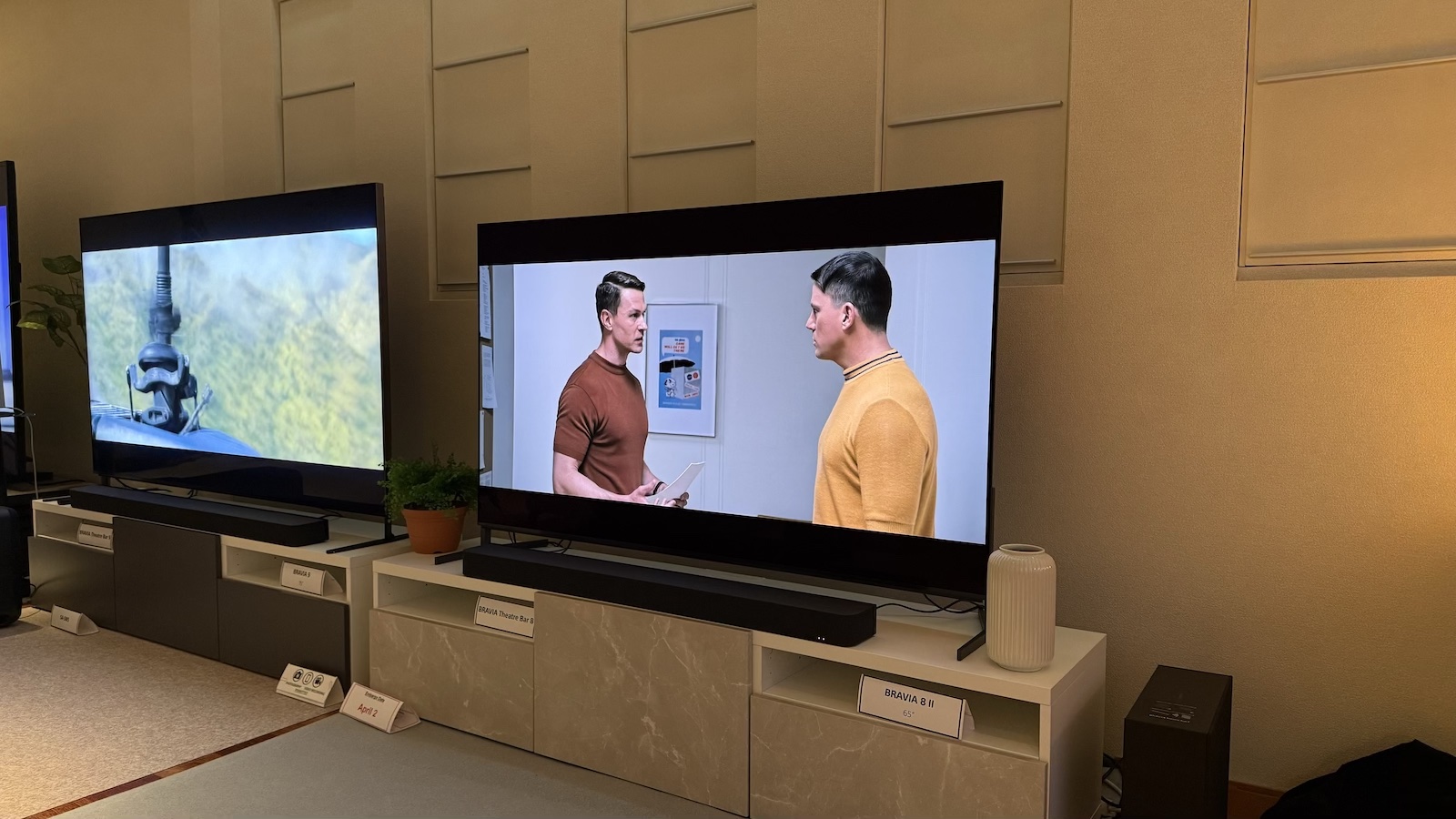I've reviewed folding phones since they started - here's why I have doubts about the Pixel's movie-watching chops
I've reviewed foldables since the first Galaxy and I'm yet to find one that's great for movies

The Pixel Fold is here and thanks to Google’s I/O 2023 keynote we know pretty much all the key details around its specs and specific features.
And while most sites may be going ga ga about its camera and AI features, unsurprisingly given What Hi-Fi?’s focus, for me the most interesting thing about it is that Google’s chosen to go all in on it being an “entertainment device”.
Specifically, the overt attention its representatives made to sell the fact that its internal 7.6-inch screen makes the Pixel Fold perfect for watching movies and your favourite shows at home or on the go.
The specific section from the announcement blog post that caught my eye says it all:
“The smooth and responsive inner screen makes it easy to stream your favourite content on 5G, at home or on the go.”
Now to be clear, I’ve not used the Pixel Fold, and it may well turn out be the finest folding phone ever made when we get it in for testing. I’ve got no basis to comment on its HDR performance, sharpness, viewing angles, colour accuracy or any other specific elements about how it runs in the real world at the moment.
But, based on my experience reviewing pretty much every folding phone since the original Samsung Galaxy Fold I’m skeptical for one key reason - it’s got a folding screen.
Get the What Hi-Fi? Newsletter
The latest hi-fi, home cinema and tech news, reviews, buying advice and deals, direct to your inbox.
Now, most readers are probably rolling their eyes going “duh, that’s the whole point". More tech-savvy readers will also likely point out it has a slightly less stumpy 6:5 aspect ratio than the Galaxy Z Fold 4’s distinctly square 21.6:18 aspect ratio - which means you shouldn’t get as big black bars around video content when streaming from common services like Netflix, Disney Plus and the ilk.
But the reason I feel the need to say this is because, in my experience folding screens always, and I mean always, have a noticeable crease. Though strides have been taken each generation to improve how pronounced it is, this was a key issue I had when I tested the Galaxy Z Fold 4.
Though the mechanism felt well made and the AMOLED panel delivered wonderfully punchy colours, great contrast and a generally nice picture by phone standards, I could never fully lose myself in a movie using it. Every time I’d start to, the light would change and the crease would rear its ugly head, distorting part of the picture, and ruining the experience as a result.
This is a key thing I can’t see foldables replacing tablets as most people’s primary mobile entertainment stations anytime soon. Though they’re chunkier to transport, based on my experience reviewing both device types, a tablet is better for movies for two very basic reasons. First, the fact that you can get bigger screens - like the giant 14.6 AMOLED one seen on the Galaxy Tab S8 Ultra. And second, they don’t suffer from the same distracting crease issue.
This is why despite being out for ages, if you see any of the team at What Hi-Fi? traveling on their way to the Bristol Hi-Fi Show or High End Munich, they’ll next to always be sporting an iPad and set of solid over-ears to keep themselves entertained on the go, not a foldable.
It’s also for this small, but important reason that myself and the other non-Apple using members of What Hi-Fi? team are more excited about Google’s Pixel Tablet, which despite not being as flashy, has the makings of a much better mobile entertainment station. After all, outside of Samsung, which other brands are making “good” entertainment focussed Android tablets at the moment? Some of us like an alternative to Apple...
MORE:
These are the best tablets we've tried and tested
Check out our picks of the best wireless earbuds
Need a new set of headphones for the morning commute? These are the best noise-cancelling headphones we've reviewed

Alastair is What Hi-Fi?’s editor in chief. He has well over a decade’s experience as a journalist working in both B2C and B2B press. During this time he’s covered everything from the launch of the first Amazon Echo to government cyber security policy. Prior to joining What Hi-Fi? he served as Trusted Reviews’ editor-in-chief. Outside of tech, he has a Masters from King’s College London in Ethics and the Philosophy of Religion, is an enthusiastic, but untalented, guitar player and runs a webcomic in his spare time.
